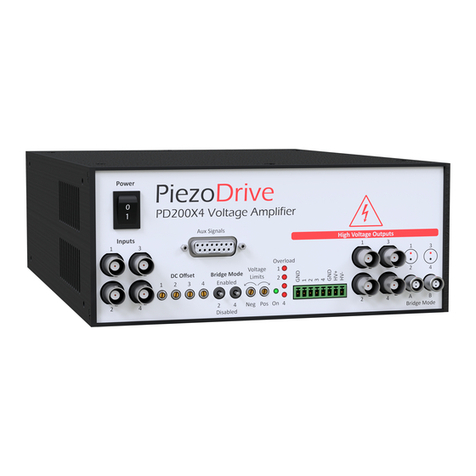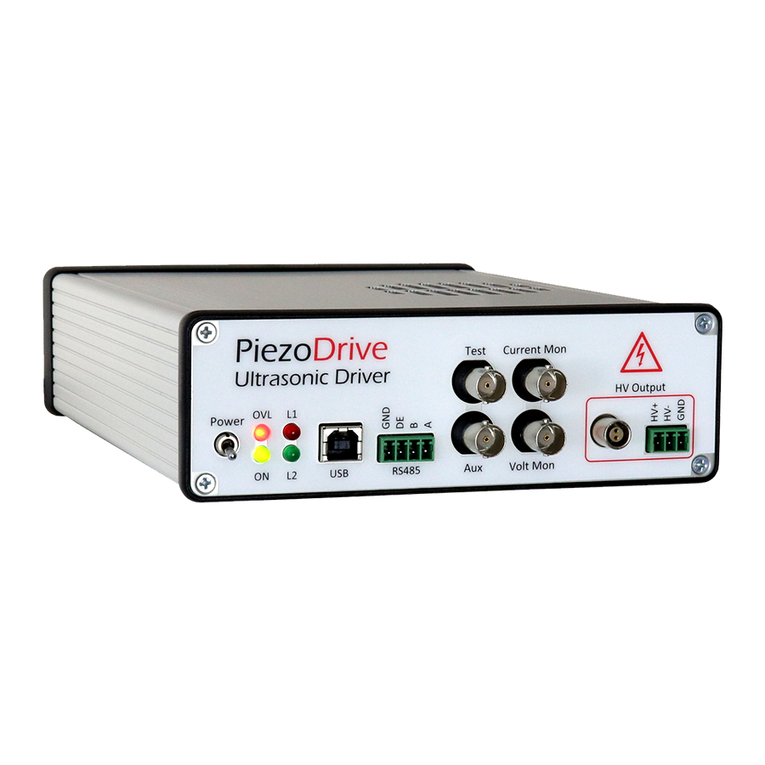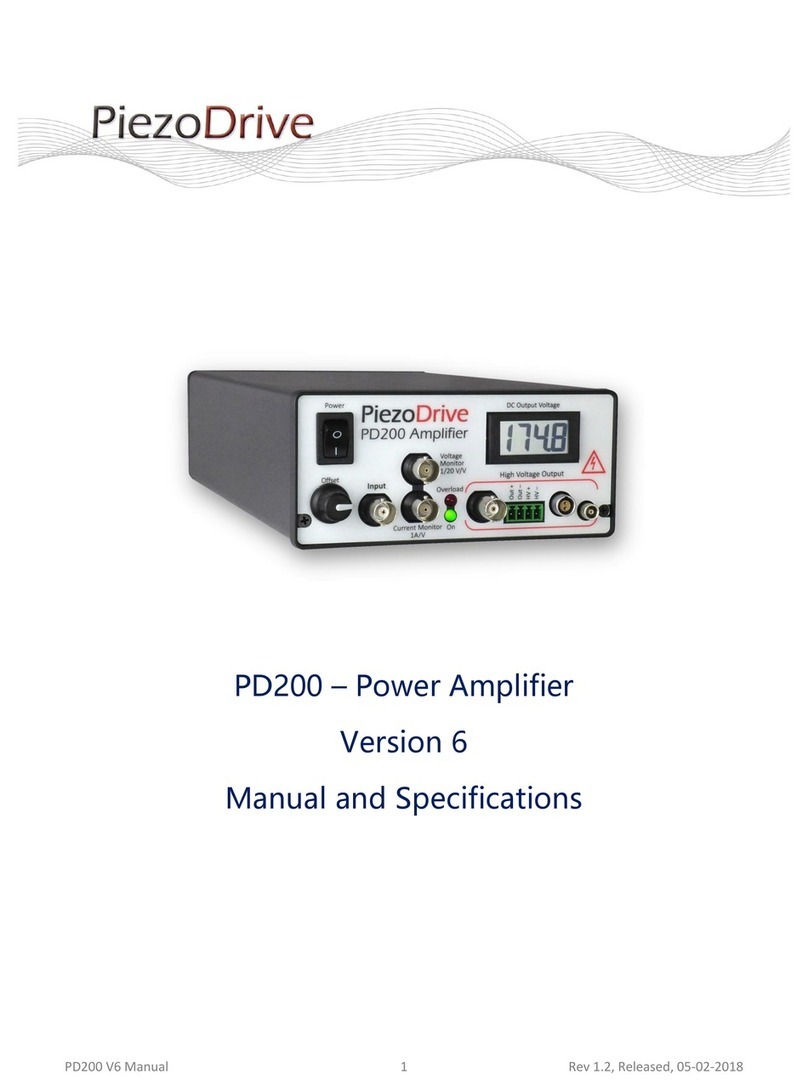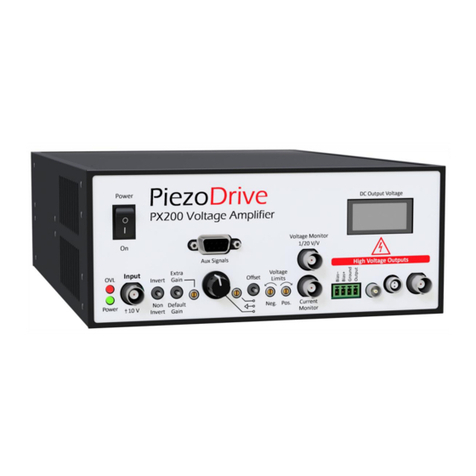TD250 V8 Manual 2 Rev 2, 31-09-2020
Contents
1Introduction..................................................................................................................................... 3
2Warnings / Notes............................................................................................................................. 3
3Specifications................................................................................................................................... 4
4Delivery Contents ............................................................................................................................ 4
5Channel Configurations ................................................................................................................... 5
6Front Panel ...................................................................................................................................... 6
7Rear Panel........................................................................................................................................ 7
8Grounding and Earthing .................................................................................................................. 7
9Breakout Box ................................................................................................................................... 8
10 Power Bandwidth ......................................................................................................................... 9
11 Pulse Currents............................................................................................................................... 9
12 Small Signal Frequency Response ............................................................................................... 10
13 Noise........................................................................................................................................... 11
13.1 Noise Spectral Density ......................................................................................................... 11
13.2 RMS Noise............................................................................................................................ 12
13.3 Typical Noise Waveforms..................................................................................................... 12
13.4 Noise Test Conditions........................................................................................................... 13
14 Overload Protection.................................................................................................................... 13
14.1 Status Signal......................................................................................................................... 13
14.2 Disable Command ................................................................................................................ 13
15 Driving Piezoelectric Tubes......................................................................................................... 14
16 Bridged Load Configuration ........................................................................................................ 16
17 Warranty..................................................................................................................................... 16




































